Non-woven Fabric Used for Medical Purposes
The medical industry relies heavily on materials that ensure safety, hygiene, and effectiveness. Among these materials, non-woven fabrics have emerged as a cornerstone, revolutionizing medical practices with their versatility and performance. But what exactly are non-woven fabrics, and why are they so important in healthcare?
What are Non-woven Fabrics?
Unlike traditional woven or knitted fabrics, non-woven fabrics are engineered by bonding fibers together directly, typically through mechanical, thermal, or chemical processes. This unique manufacturing method results in materials with distinct properties that make them ideal for a wide range of medical applications.
Advantages of Non-woven Fabric in Medical Use
The widespread adoption of non-woven fabrics in the medical field is driven by several key advantages:
- Barrier Protection: Medical grade non-woven fabrics act as effective barriers against bacteria, viruses, and other contaminants, significantly reducing the risk of infection. This is crucial in maintaining a sterile environment during surgical procedures and wound care.
- Breathability: Many non-woven medical textiles, like those used in surgical gowns, are designed for breathability. This allows for air circulation, enhancing comfort for healthcare professionals during extended wear and promoting wound healing.
- Fluid Resistance: Fluid resistant non-woven fabrics are essential in preventing the spread of bodily fluids. This is particularly important in surgical drapes, gowns, and wound dressings, where fluid management is critical for hygiene and infection control.
- Strength and Durability: Despite their lightweight nature, non-woven fabrics exhibit impressive strength and durability. They can withstand the rigors of medical procedures, ensuring reliable performance even in demanding situations.
- Cost-Effectiveness: Compared to traditional textiles, disposable medical nonwovens offer a cost-effective solution for maintaining hygiene and safety in healthcare settings. Their disposability eliminates the need for laundering, reducing costs and environmental impact.
- Versatility: The adaptability of non-woven fabrics is evident in their diverse applications. From surgical gowns and drapes to face masks and wound dressings, they cater to a wide spectrum of medical needs.

Get Free Sample Kit Of Our Fabric At Your Door Step
- Online Order
- Door Delivery
- 1-Click Quotation
Common Applications of Non-woven Fabric in Medical
Let’s delve deeper into the specific ways non-woven fabrics contribute to various aspects of healthcare:
1. Surgical Gowns and Drapes:
- Surgical gown fabric and surgical drape material are typically made from non-woven fabrics like spunbond or SMS (spunbond-meltblown-spunbond).
- These fabrics provide a crucial barrier against bacteria and fluids, protecting both the patient and the surgical team from potential contamination.
2. Face Masks:
- The COVID-19 pandemic highlighted the critical role of non-woven face mask material in preventing the spread of airborne particles.
- Meltblown non-woven fabrics, known for their excellent filtration efficiency, are often used as the middle layer in surgical and respirator masks.
3. Medical Packaging:
- Maintaining sterility is paramount in medical device packaging.
- Medical packaging nonwovens offer a reliable solution, protecting instruments and supplies from contamination until the point of use.
4. Wound Dressings:
- Non-woven wound dressings have revolutionized wound care.
- Materials like spunbond non-woven fabric medical and needlepunch nonwoven medical provide several benefits, including:
- Breathability to promote healing
- Absorption of exudate
- Protection from external contamination
5. Other Medical Applications:
Beyond these common uses, non-woven fabrics are also found in:
- Caps and shoe covers
- Bed linens and patient gowns
- Surgical swabs and wipes
- Isolation gowns and drapes
Key Considerations for Medical Grade Non-woven Fabrics
When selecting non-woven fabrics for medical applications, several factors are crucial:
- Biocompatibility: The material must be biocompatible, meaning it won’t cause adverse reactions when in contact with human tissue.
- Sterilizability: The ability to withstand sterilization processes, such as autoclaving or ethylene oxide treatment, is essential for maintaining sterility.
- Regulatory Compliance:Medical grade non-woven fabrics must meet stringent regulatory standards, including:
- FDA approval
- ISO 13485 certification (quality management system for medical devices)
The Future of Non-woven Fabrics in Medicine
The future of non-woven fabrics in the medical industry is bright. Ongoing research and development are leading to even more innovative applications, such as:
- Biodegradable and sustainable non-woven materials to reduce environmental impact.
- Smart textiles with integrated sensors for monitoring patient vital signs.
- Antimicrobial non-wovens with enhanced infection control properties.

Get Free Sample Kit Of Our Fabric At Your Door Step
- Online Order
- Door Delivery
- 1-Click Quotation
FAQs about Non-woven Fabrics in Medical Applications
Q: What is the difference between spunbond and meltblown non-woven fabrics?
A:
Both are commonly used in medical applications, but they differ in their manufacturing processes and properties.
- Spunbond fabrics are created by bonding filaments together using heat, pressure, or a combination of both. They offer good strength, durability, and permeability.
- Meltblown fabrics are made by extruding molten polymer fibers directly onto a collector, resulting in a finer, more tightly packed structure. This makes them ideal for filtration applications, such as in face masks.
Q: Are all non-woven fabrics breathable?
A:
Not all non-woven fabrics are created equal when it comes to breathability.
- The level of breathability depends on factors like the type of fiber used, the bonding method, and the fabric’s structure.
- Breathable non-woven fabrics are specifically designed for applications where air circulation is important, such as surgical gowns and wound dressings.
Q: How are non-woven fabrics sterilized?
A:
Medical grade non-woven fabrics can be sterilized using various methods, including:
- Autoclaving: A high-pressure steam sterilization process.
- Ethylene Oxide (EtO) Sterilization: A low-temperature sterilization method that uses ethylene oxide gas.
- Gamma Radiation: A sterilization technique that uses ionizing radiation.
The choice of sterilization method depends on the specific fabric composition and the intended application.
Contact Us
At Favourite Fab, we are committed to providing high-quality non-woven fabrics that meet the stringent demands of the medical industry. Contact us today to discuss your specific needs and learn how our innovative solutions can benefit your applications.
Email: sale@favouritehub.com
WhatsApp: +91-9528811566



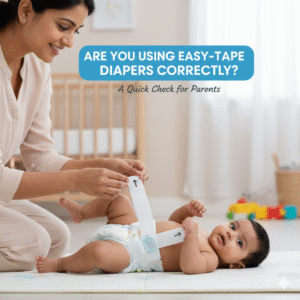
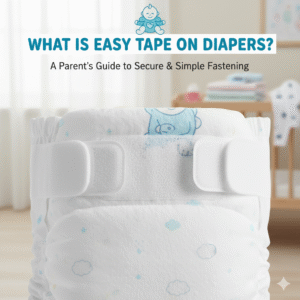
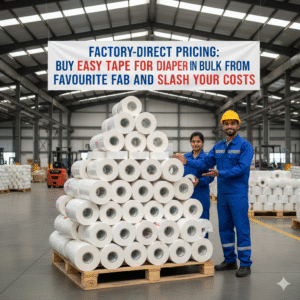

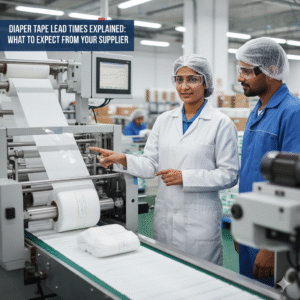
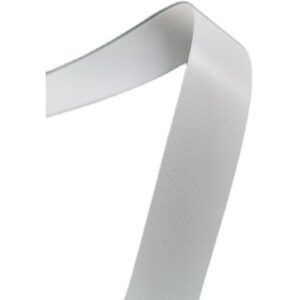
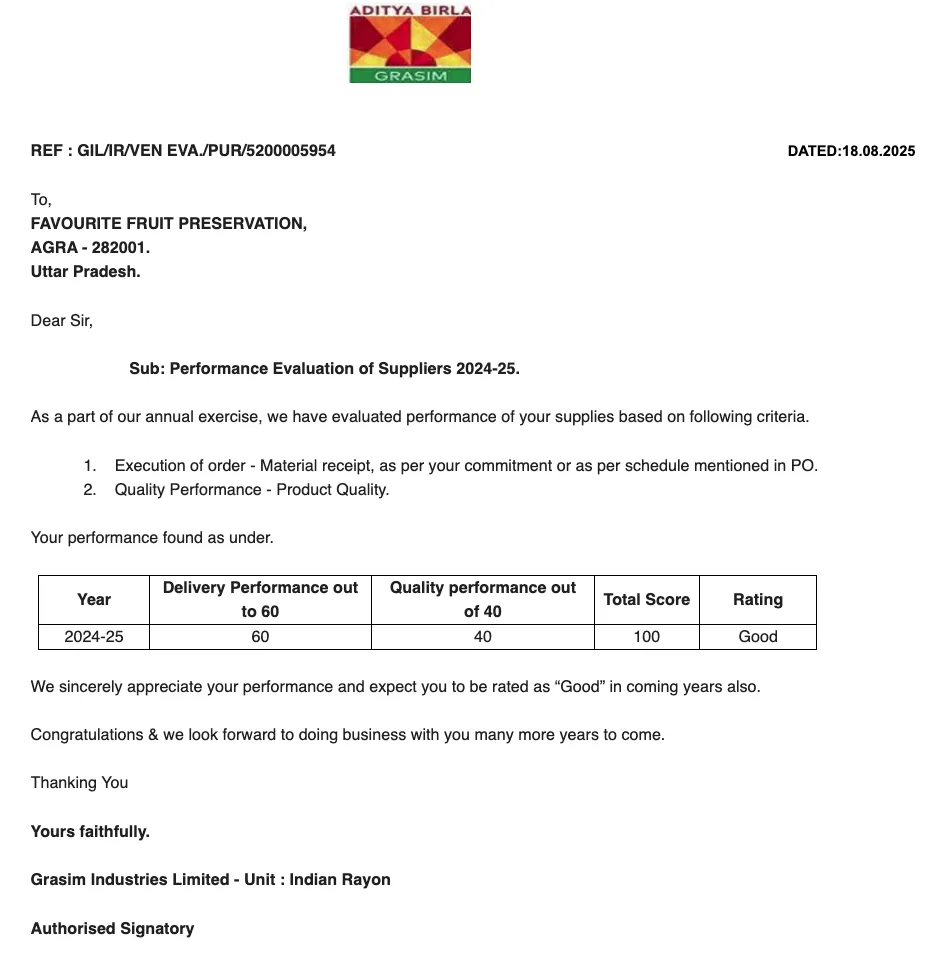




























We Do Business On Trust.Our Nonwoven fabric Business is Built on trust. Trust starts with Transparency.
Mr.Ramniwas Garg Founder Of Favourite Group